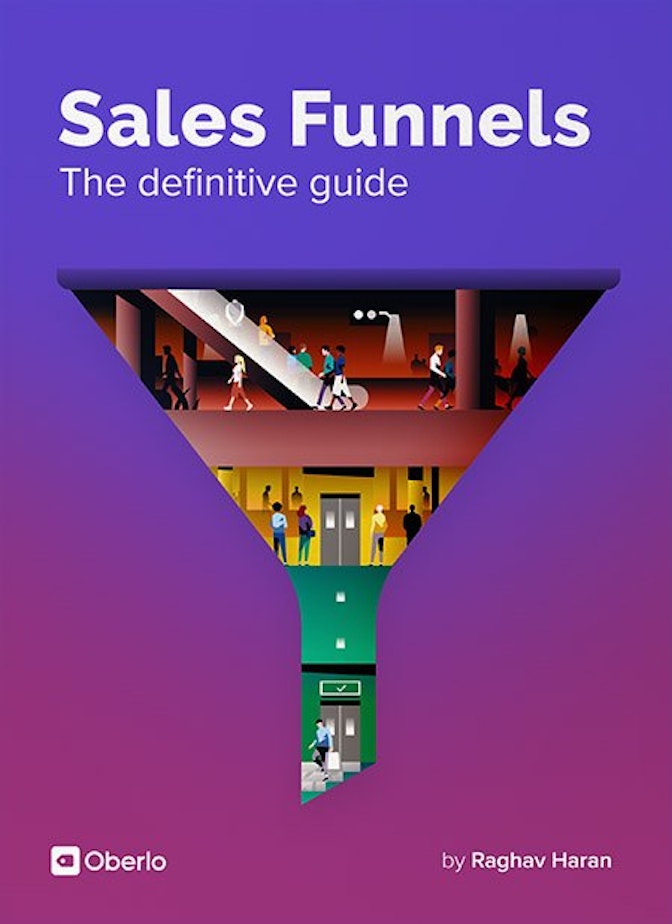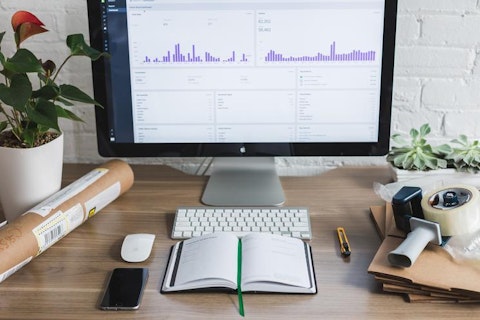A solid sales funnel is the most crucial aspect of building an online business. Without a sales funnel, you won’t have any consistent way of bringing in sales over the long term.
You could be following all the best practices and have the best product. You could have the most informative blog in your space. You could have a high-converting opt-in form.
But if you can’t drive prospects to a sale, none of that matters.
If you’ve read Chapter 1, 2, and 3, you’ve got a very good foundation on crafting the buyer’s journey, and building marketing funnels around that journey.
This chapter is about the last piece of the puzzle: converting customers to purchase.
In this chapter, we’ll look at sales funnel examples, sales funnel analytics, and conversion funnels.
Very few businesses do this last part correctly But the ones who do end up reaping massive rewards.
Here’s a traditional sales funnel example:
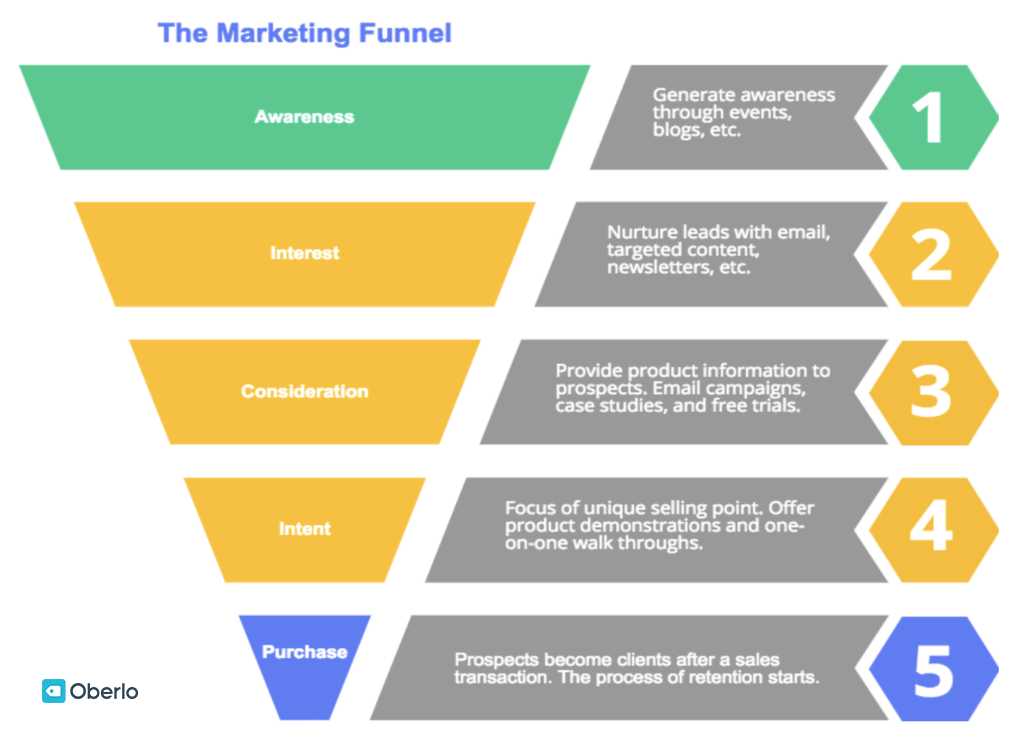
From there, they become interested to learn more – either by opting in to your email list, subscribing to a newsletter, etc.
After the interest phase is the consideration phase, where customers look for more specific information about your product or service. From there, they start to evaluate your product against the competition before purchasing.
We expand on this more in Chapter 1 and Chapter 2 where we talk about the buyer’s journey, and crafting a marketing funnel to go along with that. We talked about creating the right type of content for the top-of-funnel stage, and moving customers down a path to purchase.
In this chapter, we’ll be talking about a nontraditional ‘sales funnel’ model.
Most businesses only focus on the steps above when building their funnel. The traditional sales funnel model is based on the AIDA approach (attention, interest, decision, action).
While this formula is a great first step, there are more steps to take to build a funnel that’s truly comprehensive, and takes care of customers throughout the purchase process (and even after the purchase stage).
We’ll talk about how to build a modern-day sales funnel for your online business using a conversion funnel.
A conversion funnel places more emphasis on customer behaviors, retention, and lead nurturing at every step of the process. It also focuses on the customer journey after purchase – which helps in maximizing lifetime value from your customers.
Here’s a chart on what a conversion funnel could look like for your business:
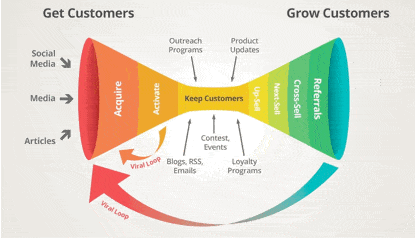
While the terms are different, the ‘top of funnel’ (i.e. the ‘acquire’ and ‘activate’ stages) are similar to the ‘awareness’, ‘interest’, and ‘consideration’ stages of a traditional marketing funnel.
In this chapter, we’ll expand more on the ‘bottom-of-funnel’ stages, around things like keeping customers, up-selling, cross-selling, and getting referrals.



4.1 Stages of a Conversion Funnel
Stage 1: Acquiring customers
The first step of any successful sales funnel is having a process in place that attracts customers from channels like social media, blogs, etc.
The goal here is to attract quality prospects that have a good shot at converting to paying customers.
→ Click Here to Launch Your Online Business with Shopify
If you’re just getting started in online business, you can ‘funnel hack’ this process by looking at what your competitors are doing. Look at what they’re doing with their blog, or how they’re running ads on Facebook. Look at their landing pages, and how they’re qualifying their prospects.
For example, check out Impact Branding and Design, a company that helps businesses get more leads from their blogs:
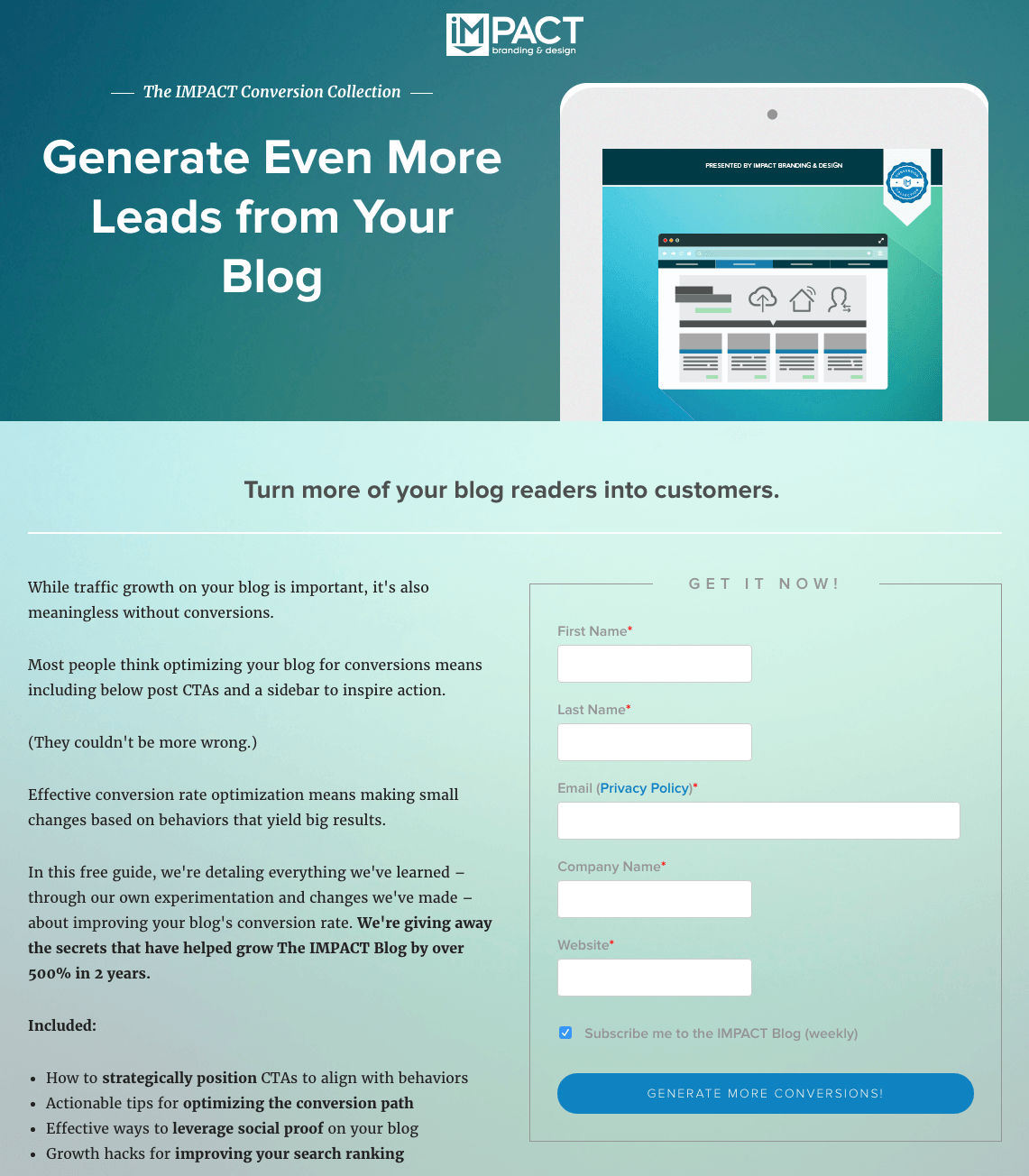
Notice how the page ‘qualifies’ leads by asking them their first name, last name, email, company name, and website. This increases the likelihood that people who sign up would be the kind of people that Impact Branding and Design would want to convert to customers.
When looking landing page forms, websites, and ads of your competitors, make sure to make a note of how they’re crafting their messaging.
The reality is, good copy is a lot more important than people think. Ultimately, the messaging around a product is what gets customers to opt-in and eventually purchase.
It’s what a lot of marketers miss.
For example, saying that you run the ‘number 1 marketing agency’, or an ‘award-winning company’ won’t do much to persuade customers to take the next step in the journey. But if you said something like, “we’ll help you generate more leads from your blog”, that’s a specific, enticing, meaningful offer that could get signups.
Organifi is another great example. They sell juices and supplements. Check out the copy on one of their product pages:
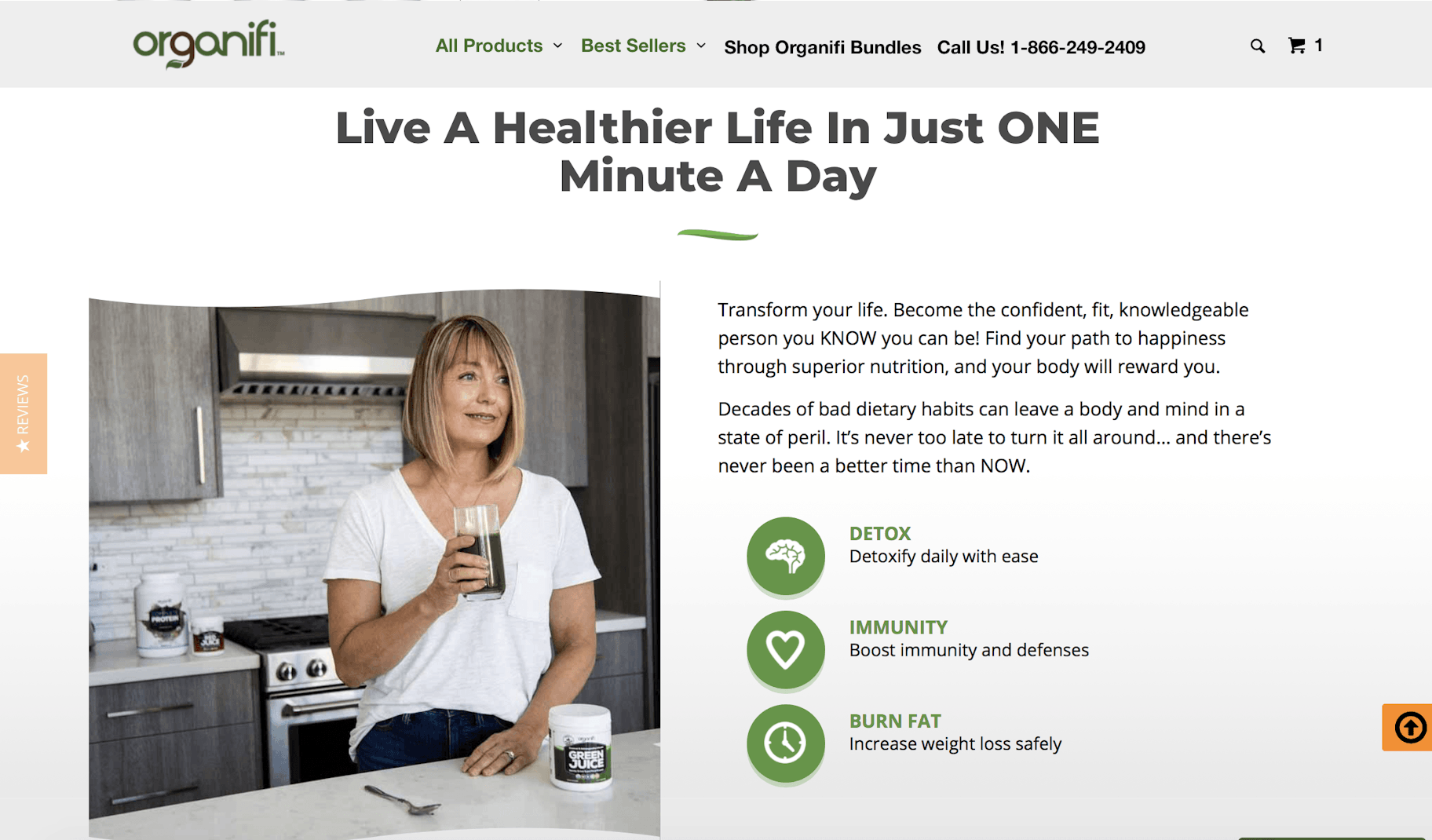
Notice how they write their headline: “Live a healthier life in just one minute a day.” They hit on the key value point that their customers are looking for (living a healthier life), and they’re promising to help their customers do it in less time (one minute a day).
Copy like this is very enticing, and can help rapidly increase your signups both at the top of funnel, and every corresponding step.
Stage 2: Incentivizing action
Once a customer lands on your landing page from your ad or blog post, it’s important that you create an emotional response within them to continue down the rest of the process.
One way to do this is by making sure that your landing page is ‘congruent’ with the ad that you placed before it.
If the content on an ad looks and feels different from the content on the following landing page, customers will get confused.
Let’s take Organifi again as an example. Here’s an ad that they’re running on Facebook:
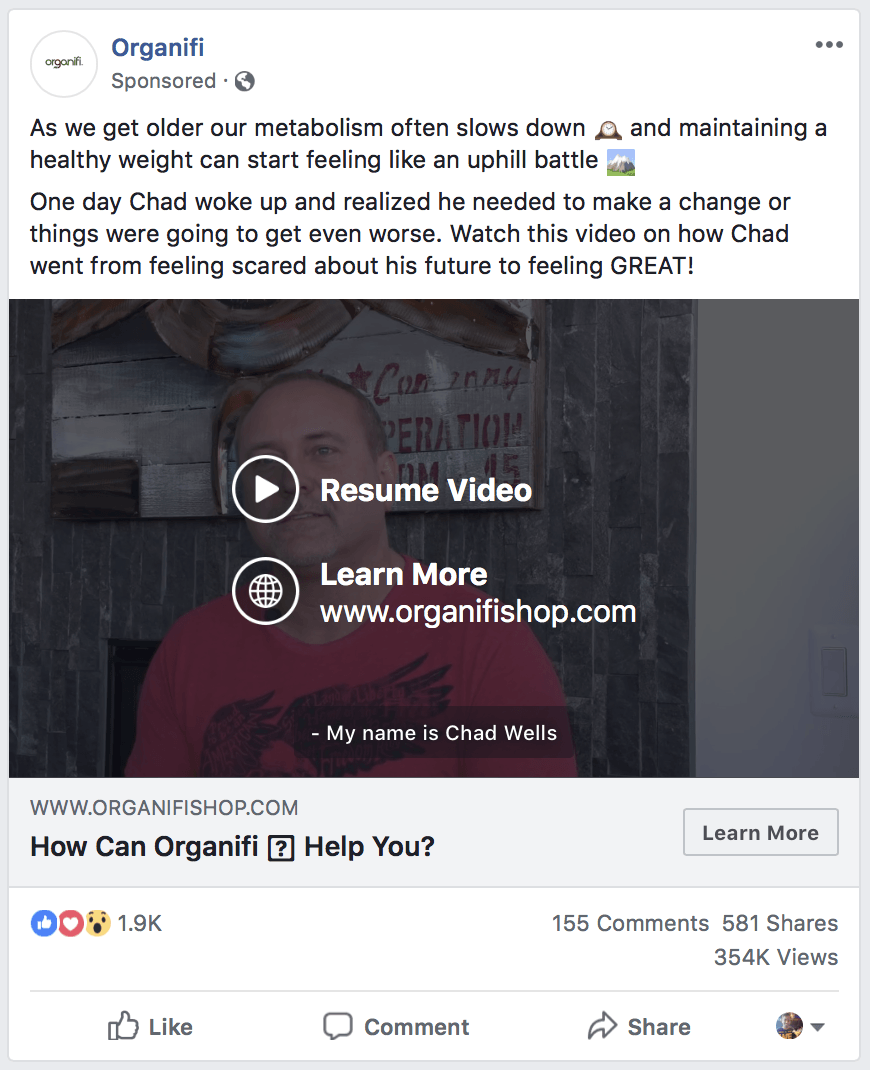
Notice how the ad starts off talking about pain points of the people they’re targeting – Organifi is hitting people who are older with lower metabolism, so the copy reflects that.
The headline reads, “How Can Organifi Help You?”
When you click on the ad, you’d expect to land on a page offering more information about Organifi products. And that’s exactly what you see:
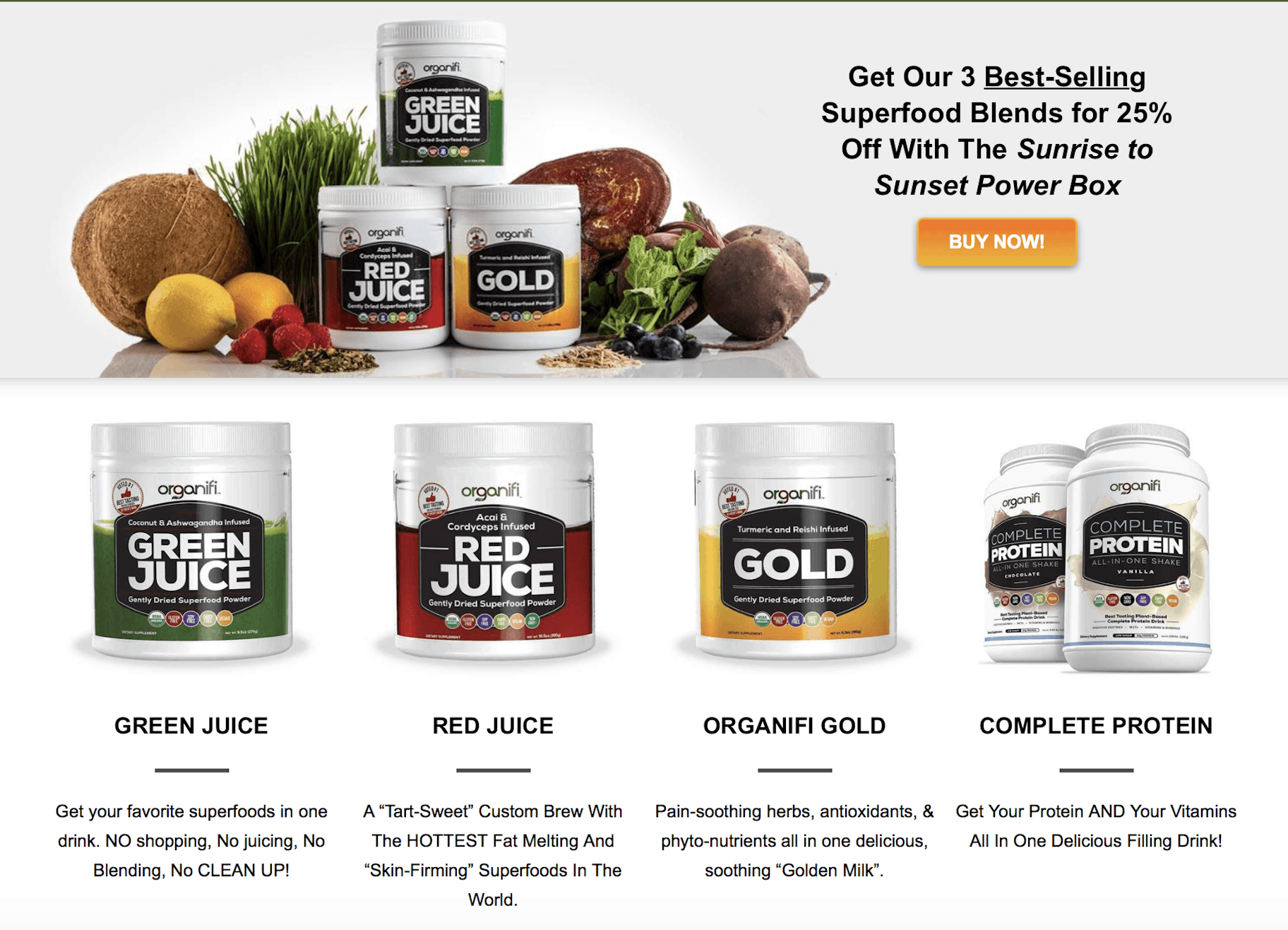
Once you click the ‘learn more’ button on the ad, you land on the page above where you learn more about the various types of juices Organifi has to offer.
At this stage, you might also want to leverage email marketing to drive your prospects to take action – especially if you’ve already collected their email address in the acquisition stage.
Email marketing can have unbelievably high returns for a business – in fact, it brings higher ROI than any other marketing channel available.
Check out Seamless, a food delivery company that sends emails to their busy customers to incentivize more of them to buy:
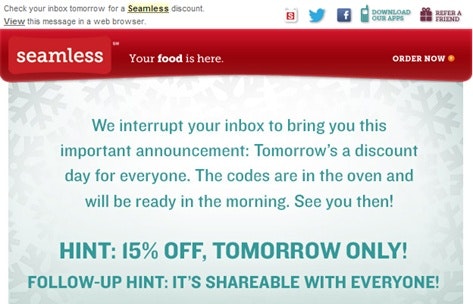
Stage 3: Craft your conversion funnel content strategy to maximize lifetime value
It’s important to have a strategy for delivering content that resonates with your customers at every step of the funnel.
It’s not just about delivering ads or capturing emails. It’s about incorporating messaging that pushes your prospects down the funnel in the most effective way possible.
Let’s say you have a small sales software tool that helps businesses make their sales team more efficient.
To acquire more leads, you might consider writing blog posts about how to hit your sales quota, sales call scripts, and so on. To incentivize action, you might offer a free e-book or a video in exchange a prospect’s email address at the end of your blog posts.
Activating customers would likely happen after a company realizes they’re having trouble hitting their sales numbers consistently.
But most businesses stop at this stage. They craft a conversion funnel to acquire and activate customers, but they don’t have an effective process in place for retaining and nurturing their customers.
The reality is, it costs FAR less to retain an existing customer than sell to a new one. And having a process in place to retain, nurture, and upsell your customers will help you grow revenues in a much smoother way.
There are different ways you can do this. For example, if you run a sales software company, retaining customers could be as simple as proving to them that you can solve their problems.
Loyalty programs can also help encourage repeat business. Data shows that 81% of customers say loyalty programs make them more likely to continue doing business with the brand.
Loyalty programs don’t have to be complicated, especially when you’re first starting out. Just make sure to hit a few key components:
- Reward specific actions that customers take. The main goal of loyalty programs is to get customers to buy again. But that also means you can reward your customers for taking certain types of actions, like registrations, referrals, social shares, and more.
- How will customers redeem and use their rewards? Once customers have earned a reward, you’ve got to figure out how they will be able to access it and use it for a future purchase. For example, you might offer something simple like a custom made promo code,
- What kind of rewards will be offered? If you’re offering a simple promo code, think about what products you’ll be offering within that promo. Think about the percentage discount you’ll be able to give your customers on your existing products. The reality is, the amount of rewards you offer isn’t nearly as important as the ease-of-use of your loyalty program.
4.2 Sales Funnel Examples
In this section, we’ll give some more examples of how to go about getting awareness around your business to acquire customers, and how to activate them.
We’ll talk about how to create ‘bottom of the funnel’ systems to convert more customers.
The ‘Free Book’ + Shipping funnel
There’s a certain level of authority you get when you have a book published.
Even if the book isn’t a bestseller, it still creates a certain amount of perceived authority.
One great way to capture email addresses to send them emails in the future with promo details is by building a ‘free book’ funnel. This is an example of a sales funnel that can be really effective.
For example, the landing page might look something like this:
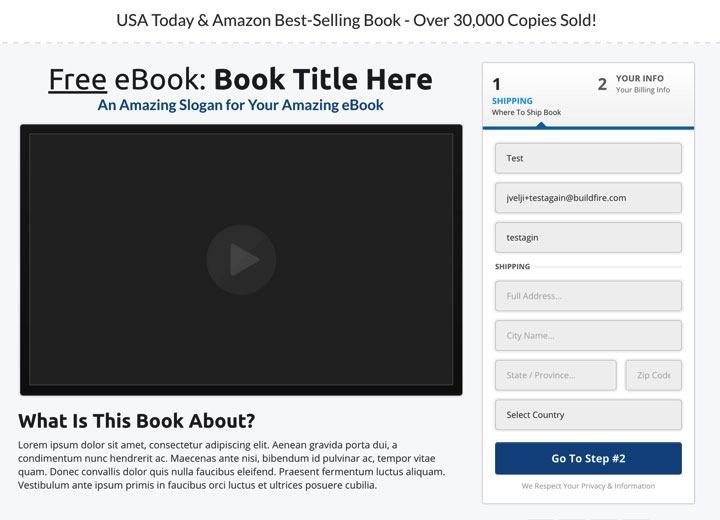
This would be an example of a page that could help both acquire leads and activate customers.
You could place the title of the book at the top, a quick video or an intro paragraph discussing the book, and a form to guide people through paying for shipping for the book.
The free book offer can generate a ton of leads quickly, while covering costs.
From here, you could add additional landing pages after this to sell higher ticket offers and generate profit.
The giveaway funnel
One effective sales funnel example is the giveaway. Hosting a giveaway is a great way to capture top-of-funnel leads to sell them something down the road. Giveaways can generate a massive amount of leads.
But there’s a risk that comes with it, too.
People love free stuff. They love free clothes, watches, headphones, and software. So the problem is, you might get a lot of low-quality leads.
One way to mitigate this is by selecting a specific, niche prize. Instead of choosing a generic prize like an iPad or cash, choose something that your potential customers would be interested in.
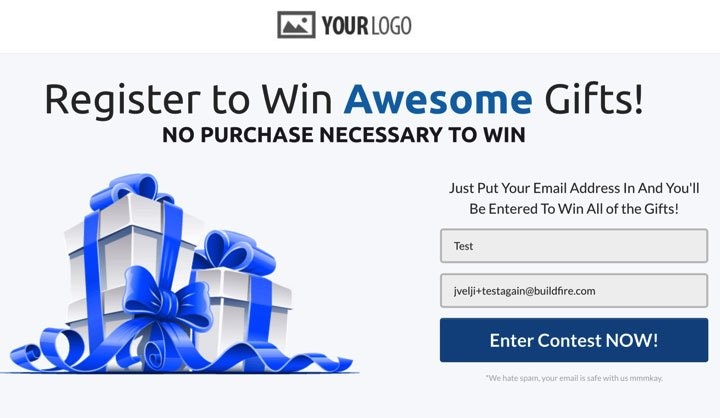
The sales call funnel
If you’re running a services business or an online business selling high-ticket products, the ‘sales call funnel’ can add massive value to our business.
It’s also effective for e-commerce companies where customers typically make a phone call before purchasing.
This sales funnel is designed to get prospects on a sales call as fast as possible.
Here’s what the initial landing page could look like:
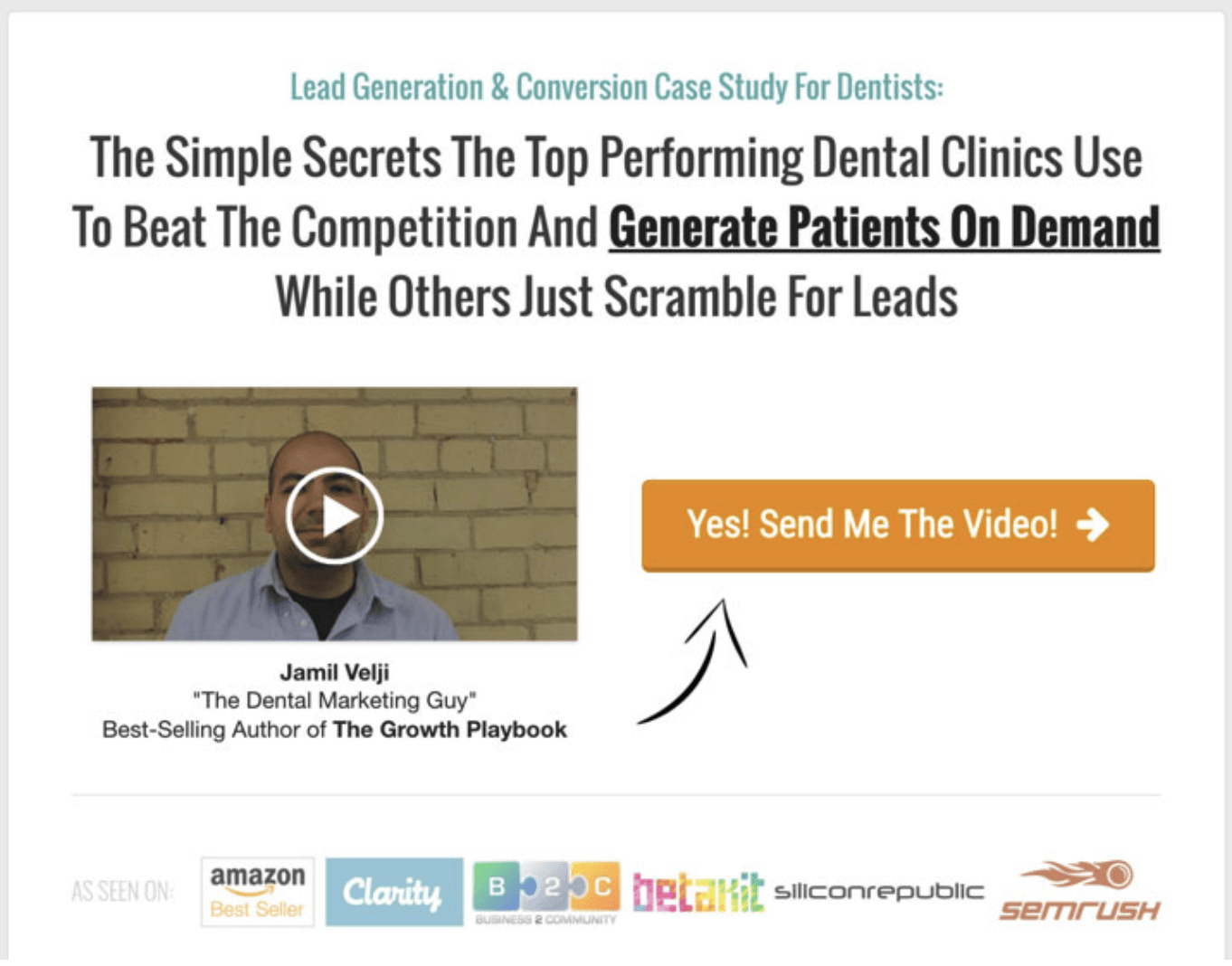
The funnel follows a few key steps:
First of all, it’s important to present a valuable offer.
In the example above, the video shares client generation tactics in exchange for a prospect’s email address.
The second step is to deliver that ‘lead magnet’ in whatever format you choose. While the format doesn’t matter, it does matter that the video fills the promise you’re claiming to fill.
After that, you can further qualify leads through an application. To make sure that your time on the sales call won’t be wasted, make your leads fill a simple form before booking a call with you – so you only get the most qualified people on the phone.
Finally, once leads sign up and go through your sign up process, give them the opportunity to book a call with you over the phone.
Each ‘step’ is typically presented in one page after another.



Chapter 4 Takeaways
- A conversion funnel places more emphasis on customer behaviors, retention, and lead nurturing at every step of the process.
- The stages of the conversion funnel include acquisition, incentivizing action, and crafting a content strategy to maximize lifetime value once customers are activated.
There are a lot of different types of funnels out there that you can build, such as giveaway funnels, sales call funnels, free book funnels, and more. Choose one based on your strategy to get started.

